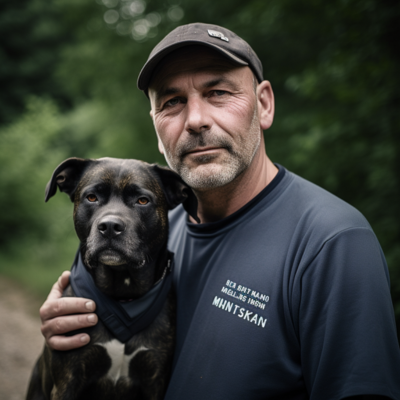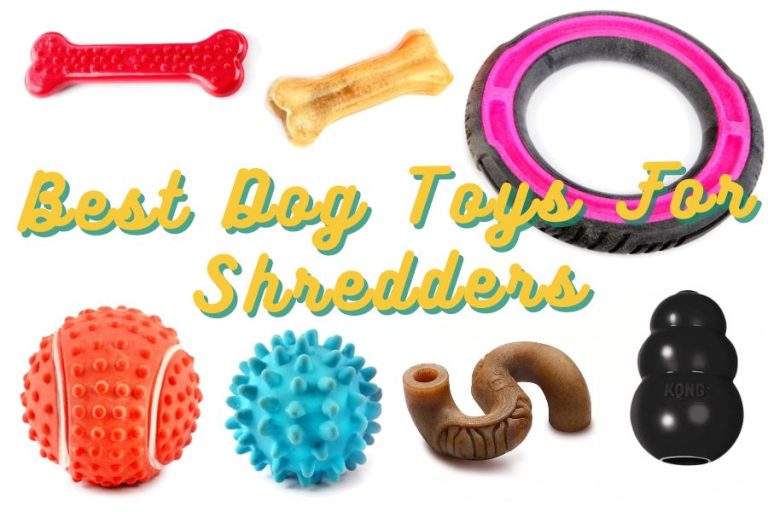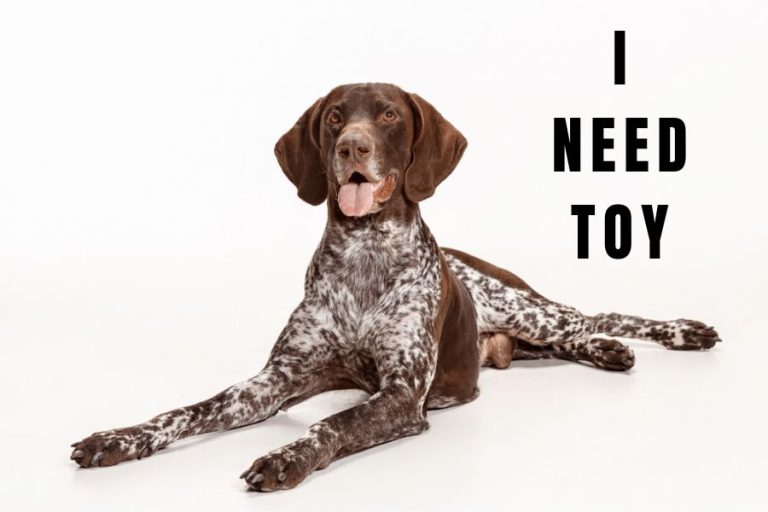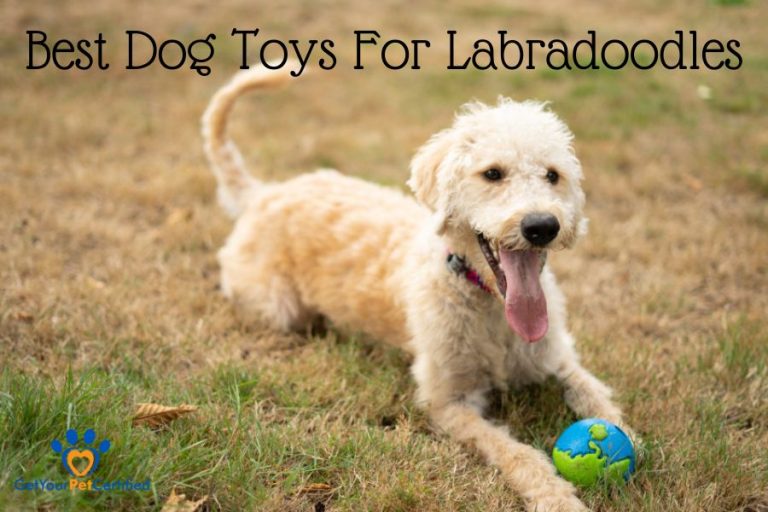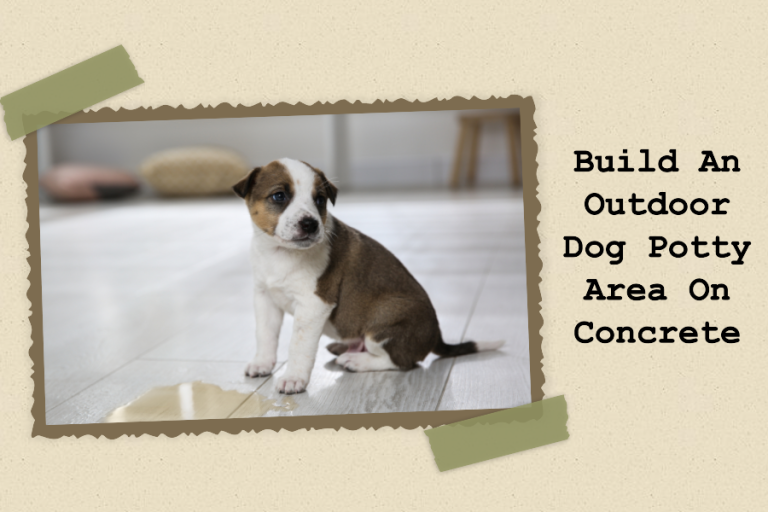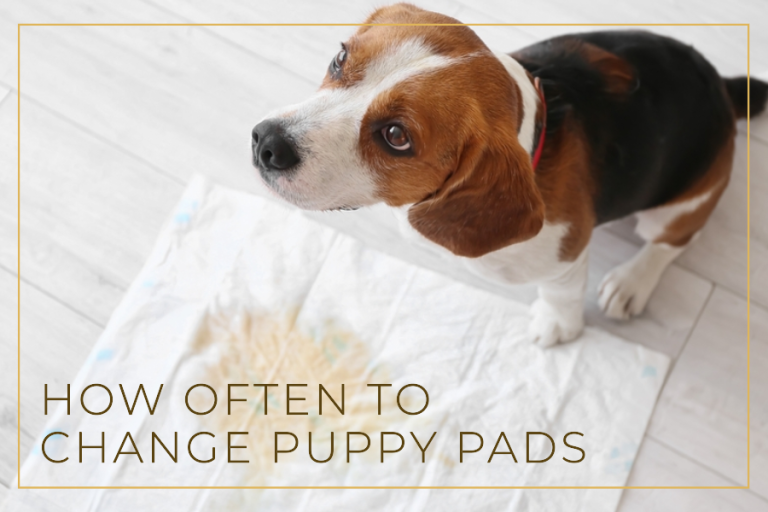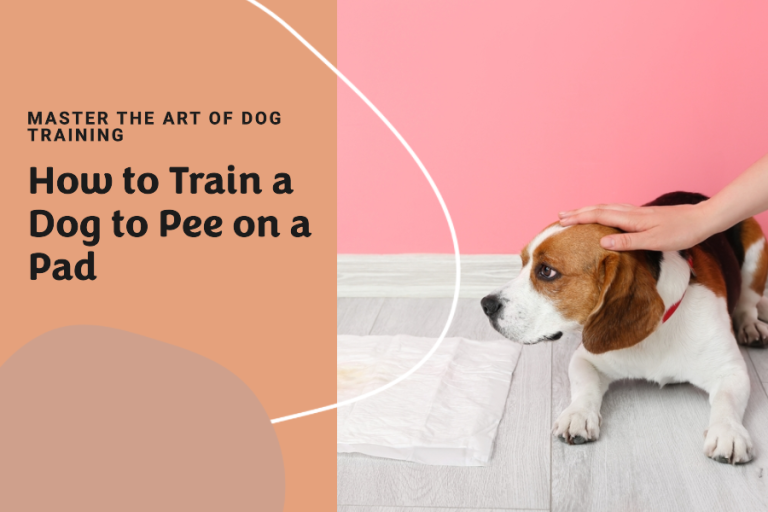Why Does My Dog Have Crusty Stuff on His Nose? Uncovering the Reasons
Is your furry friend’s nose not as wet and cool as it used to be? Have you noticed crusty stuff on your dog’s nose? Many pet parents may wonder if this is a case of harmless dryness or a silent signal of something more serious.
You’re not alone. We’re here to answer a frequent yet important question: Why does my dog have crusty stuff on his nose? This article promises to uncover the layers behind the crusty stuff on your dog’s nose. We’ve discussed the causes, treatments, and preventative measures for these common issues. Recognizing these signs early on can significantly enhance your pet’s general health and well-being.
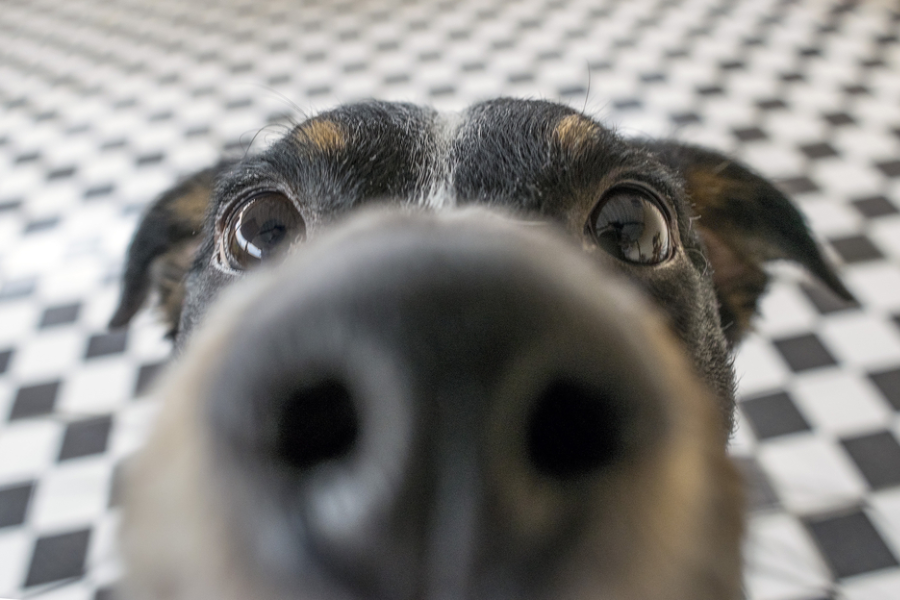
What Is The Crusty Stuff On My Dog’s Nose?
Let’s explore the various facets of this condition to understand what your dog’s nose is telling you.
Understanding Pet Nasal Health
Sometimes, though, your dog’s nose might get a bit dry. That’s okay, too. It can change with the weather or how much water they’re drinking. But if you see your dog’s nose staying dry or getting crusty and cracked, it’s time to pay attention.
The optimal state of a dog’s nose is typically moist and cool, but deviations are not uncommon. The crusty stuff on your dog’s nose can be attributed to a variety of causes.
It’s often a harmless symptom of dryness or a slight irritation, but it can also be a sign of more significant issues.
What does it mean when your dog has a crusty nose?
While a crusty nose in itself isn’t necessarily alarming, associated symptoms can be indicative of more serious health issues.
If your dog’s crusty nose have sign of nasal discharge, changes in breathing or decreased appetite, these could be signs of infections, autoimmune diseases, or even tumors.
Why Does My Dog Have Crusty Stuff on His Nose?
Let’s talk about your dog’s nose. Why does this happen? Well, it could be because your dog is not drinking enough water, or maybe they got a little too much sun.
Sometimes, it’s because they’re allergic to something. Or it could be a sign of a health problem.
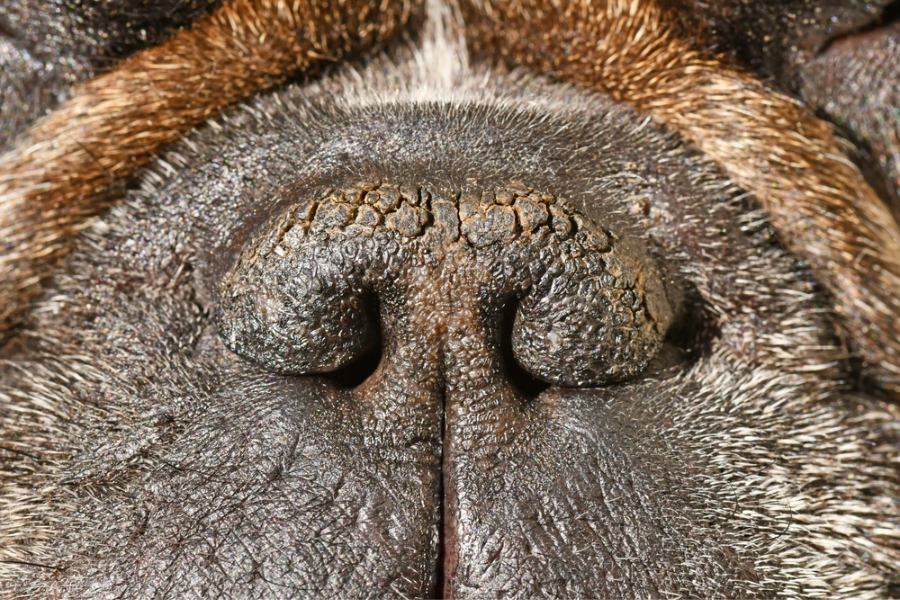
Environmental Factors
We should pay attention to environmental factors, such as low humidity or intense cold, which can sometimes lead to a dry, crusty nose.
It’s possible that dogs that spend a lot of time in the sun or who are frequently exposed to forced air heating at home are more likely to have nasal dryness.
Nasal Hyperkeratosis
There are some health problems that can make your dog’s nose dry and crusty. One is called canine hyperkeratosis. It’s a fancy name for when the skin on your dog’s nose or paws gets really hard and thick, leading to a crusty, sometimes uncomfortable, buildup.
Allergies and Infections
Having allergies can cause irritation to the skin as well as dryness, which can show up as crustiness on the nose. Moreover, scabbing and crusting can be caused by bacterial and fungal diseases, and these illnesses are frequently accompanied by inflammation or discharge.
How To Get Rid Of Crusty Nose On Dog?
When your dog’s nose gets crusty, it’s time to act. The first thing we’d do is take our furry friend to the vet. Why? Because a crusty nose can be a sign of health problems. The vet will check on your dog and figure out what’s wrong.
Step 1: Identify the Cause
Before you can effectively treat a crusty nose, you need to understand what’s causing it. Look for other symptoms that might indicate an underlying problem, such as: Bleeding, Nasal discharge, Changes in breathing, etc
Step 2: Consult with a Veterinarian
A vet can perform tests to pinpoint the exact cause, ensuring your dog gets appropriate treatment. Without proper diagnosis, it’s challenging to provide the correct treatment, which can lead to further complications.
Each of these treatments is designed to target different conditions, and their prescription depends on your dog’s specific issue.
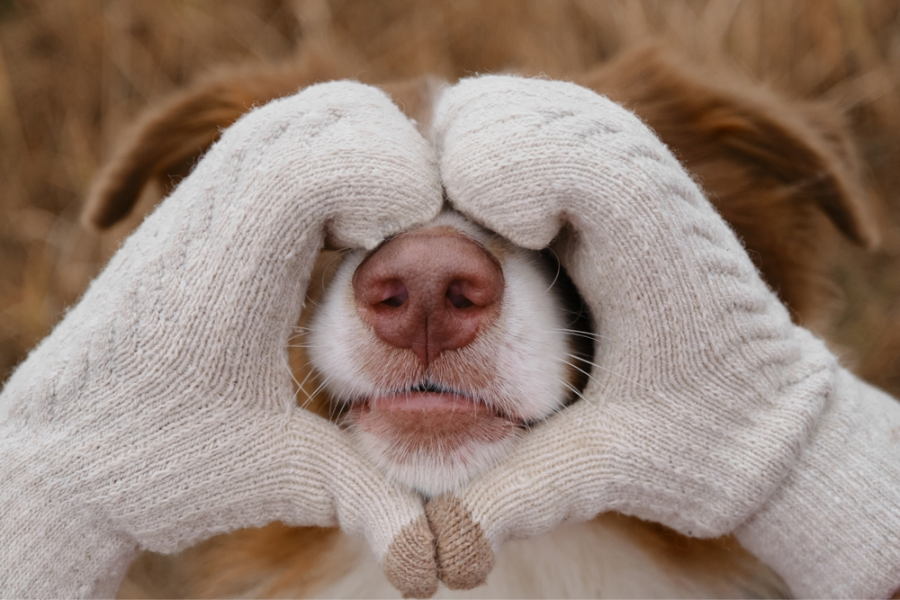
Step 3: Follow Vet’s Instruction
The vet may prescribe treatments such as:
- Medicated ointments or balms that are used topically and are created particularly for dogs’ noses
- Antibiotics or antifungal medications for infections
- Allergy medications if allergies are the cause
Step 4: Provide At-Home Care
Here is a list of additional treatments recommended by your vet:
- Use a pet-specific nose balm to provide relief and protection from environmental factors.
- Apply a natural moisturizer like coconut oil to your dog’s nose. Ensure it’s safe for dogs, as they will likely lick their nose after application.
- Increase humidity in your home with a humidifier, particularly during dry seasons or in arid climates.
- Protect your dog’s nose from extreme weather by using a pet-safe sunscreen for sunny days and limiting exposure to cold and wind.
Expert Tips On Preventing Future Issues
After we have handled the pressing issue of your dog’s crusty nose, I want to make sure that we take preventative measures to guarantee that it does not reoccur in the future.
In the first place, it is absolutely necessary to do routine checks on your dog’s nose in order to look for any symptoms of dryness or cracking. It is also essential that you keep your dog well-hydrated; you should constantly make sure that there is fresh water accessible.
Because nutrition plays a critical part in the condition of the skin, consuming a diet that is both well-balanced and abundant in necessary fatty acids is one way to improve one’s general health and well-being. It is also vital to be careful of the environment in which your dog lives.
Try to reduce your dog’s exposure to possible irritants such as strong fragrances, cigarette smoke, and harsh cleaning solutions, since they can lead to dryness and discomfort in your dog.
Keeping your dog’s vaccines up to date is extremely important since many illnesses have the potential to harm the skin, especially the delicate region that surrounds the nose.
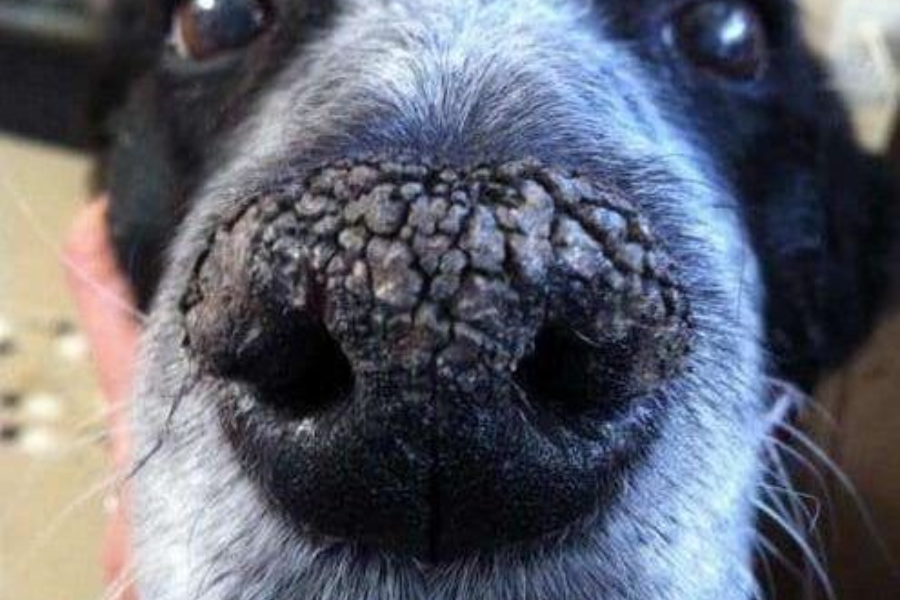
How do you Remove Hyperkeratosis from a Dog’s Nose?
One common cause for a crusty nose in dogs is a skin condition known as hyperkeratosis.
If your dog is diagnosed with hyperkeratosis, don’t panic. There are a few steps we can take to help alleviate your dog’s discomfort and restore their nose to a healthy state.
Firstly, regularly apply vet-prescribed ointments. Your vet will likely provide you with a specific cream or ointment to apply to your dog’s nose. These are usually formulated to help soften crusty skin and promote healthy skin growth.
Secondly, keep your dog’s nose moisturized. This can be achieved by applying a dog-friendly moisturizer to your dog’s nose. This will help to further soften the crusty skin and promote healing. Always ensure you’re using a moisturizer that is safe for dogs to prevent any adverse reactions.
Lastly, it’s essential to limit your dog’s sun exposure. Just like in humans, excessive sun exposure can exacerbate skin conditions in dogs. So, try to limit your dog’s time in the sun, especially during peak sunlight hours.
Remember, while these steps can help manage hyperkeratosis, it’s always crucial to consult with a vet for a proper diagnosis and treatment plan. This way, you can ensure you’re doing the best for your furry friend’s health and wellbeing.
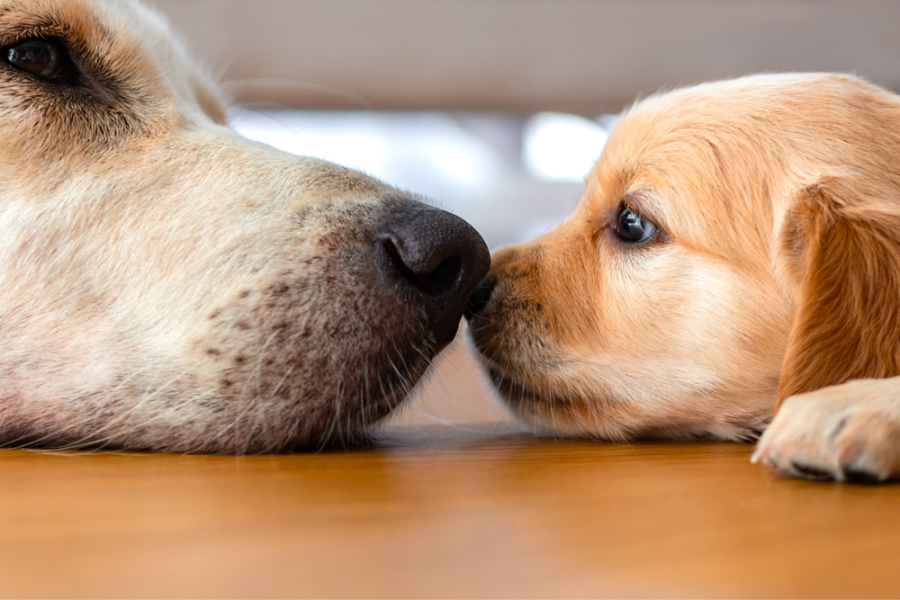
How can I Moisturize my Dog’s Nose Naturally?
When it comes to maintaining the health of your dog’s nose, natural remedies can be a great option. We recommend using natural moisturizers such as coconut oil, olive oil, or specially formulated dog nose balms. These moisturizers are not only effective but also safe for your furry friend.
- Coconut Oil: Coconut oil is high level of fatty acids, it can soothe and mend dry and cracked noses.
- Olive Oil: Olive oil, thanks to the high levels of antioxidants and vitamin E it contains, helps the nasal skin of your dog to repair and regain its youthful elasticity.
- Dog nose balms: are available on the market and are specially prepared balms that are meant for canine usage. These balms offer a safe and focused option for nose care for canines.
To moisturize your dog’s nose naturally, simply apply the chosen moisturizer gently on the nose. But remember, moderation is key. You want to avoid using too much product that it becomes lickable for the dog.
A small amount should suffice. Rub the moisturizer between your fingers to warm it up and then gently apply it to your dog’s nose. Be sure to praise your dog and make this a positive experience for them.
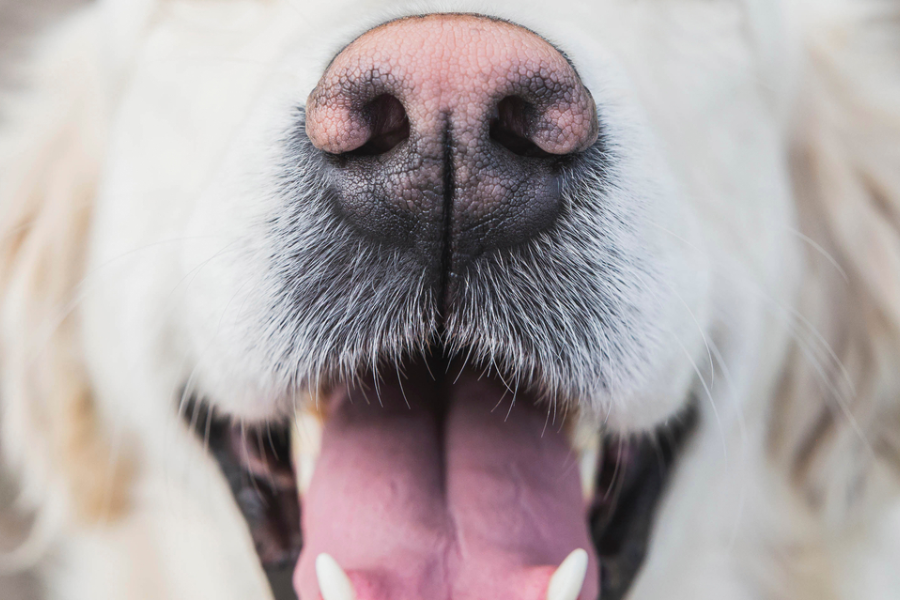
Conclusion
Recognizing these changes is crucial for maintaining your dog’s nasal health. We’ve explored various reasons for crusty noses in dogs, ranging from allergies and sunburn to more severe conditions like lupus or hyperkeratosis.
Ensuring your dog remains well-hydrated, avoiding exposure to extreme weather, and applying canine-specific moisturizers can all contribute to a healthy snout. Remember, timely and professional care is the key to your dog’s well-being.

